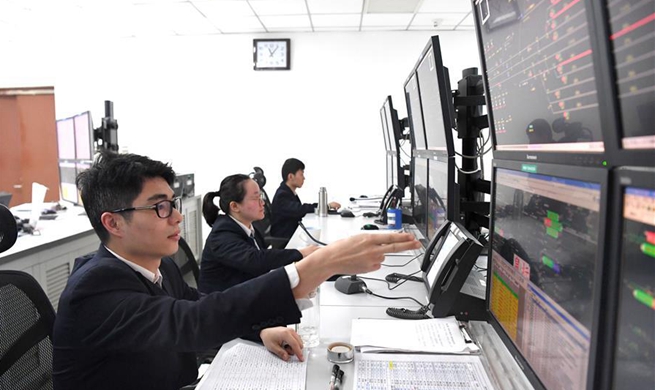SYDNEY, Feb. 16 (Xinhua) -- A cutting-edge technique has been used to track the cells responsible for the spread of breast cancer into the blood and other organs, pointing to new targeted treatments for the most common cancer in women, according to latest Australian-linked research.
The technique, called cellular barcoding, tags, tracks and pinpoints the cancer cells, at the same time revealing how chemotherapy temporarily shrinks the number of harmful cells, rather than eliminating them, explaining how the cancer could eventually relapse, the Walter and Eliza Hall Institute of Medical Research said about its study in a statement late Friday.
Most deaths from breast cancer are caused by the metastasis or spread of cancerous cells from the main tumor into other organs, according to the institute.
The cancer consists of thousands of different cell variants with diverse characteristics that may or may not play a role in the metastasis. This makes effective treatment a challenge because it is difficult to know which cells are responsible for driving the spread of the major disease, the institute said.
The ability to pinpoint the "clones" -- subpopulations of cells arising from an original patient tumor -- responsible for the spread of cancer was crucial for improving treatments, said the institute's Dr Delphine Merino.
"Our study revealed that only a select few clones were actually responsible for the metastasis," said Merino.
"The barcoding technique enabled us to identify the clones that were able to get into the blood stream and make their way into other organs where they would 'seed' new tumor growth."
The technique also allowed the researchers to see what was happening to the clones after chemotherapy was introduced, said the institute's Professor Jane Visvader.
"These exciting findings would not have been possible without the ability to meticulously barcode and track thousands of individual clones and watch their behavior over time," she said. The latest findings were published in scientific journal Nature Communications.
The precision of the approach could pave the way for unravelling important mysteries in the field of breast cancer research and equip scientists with the information needed to design highly targeted treatment strategies for the prevalent disease, said Visvader.

















